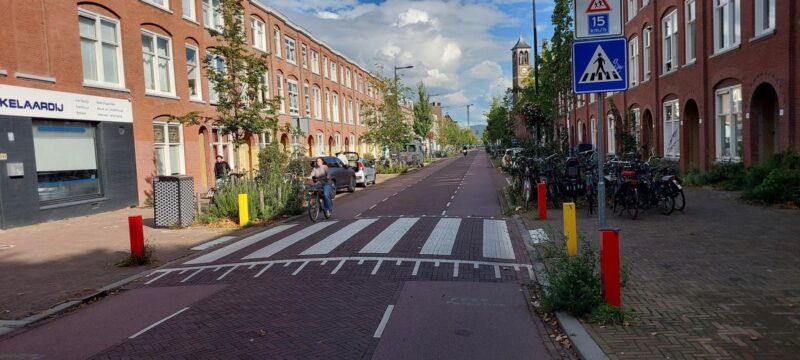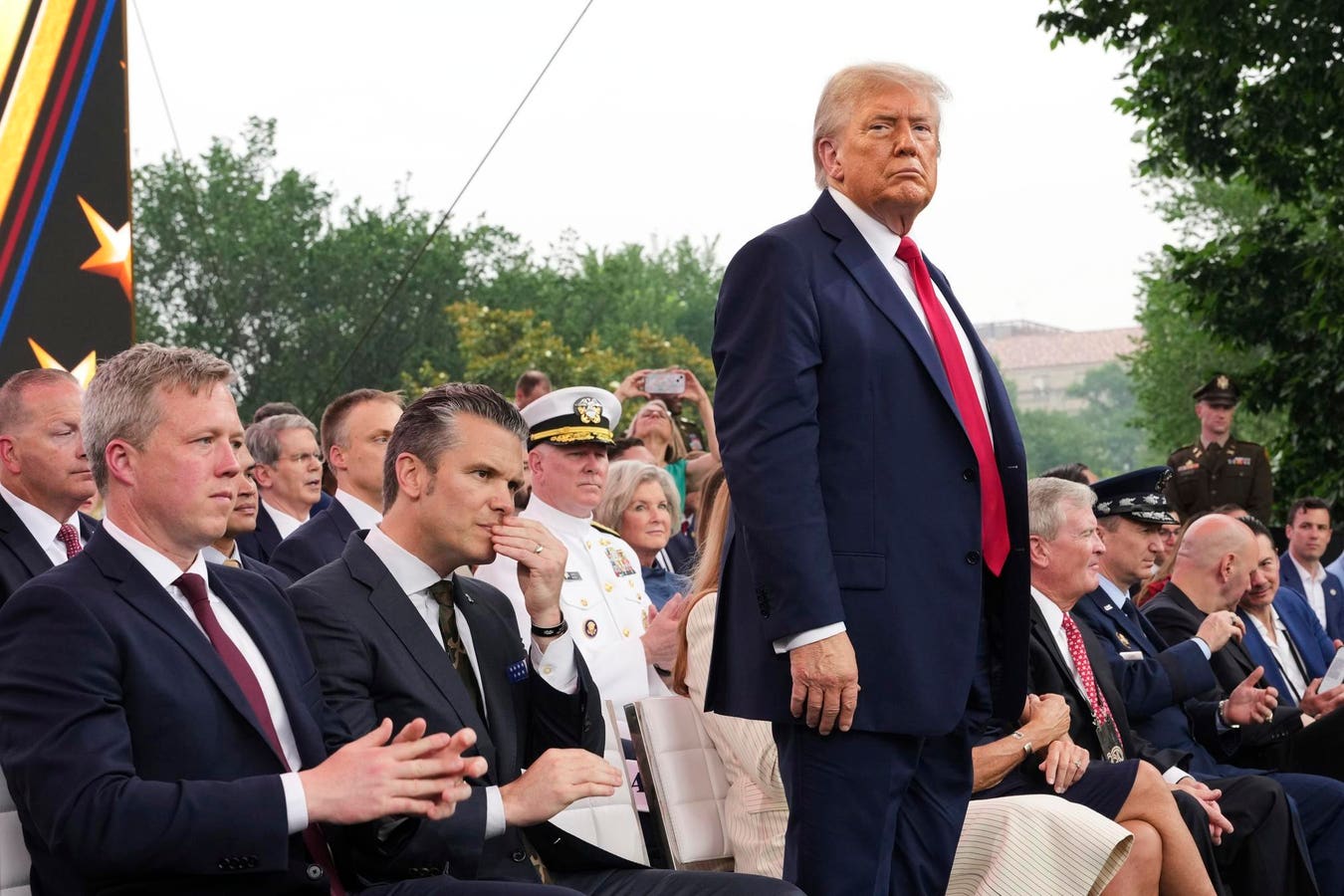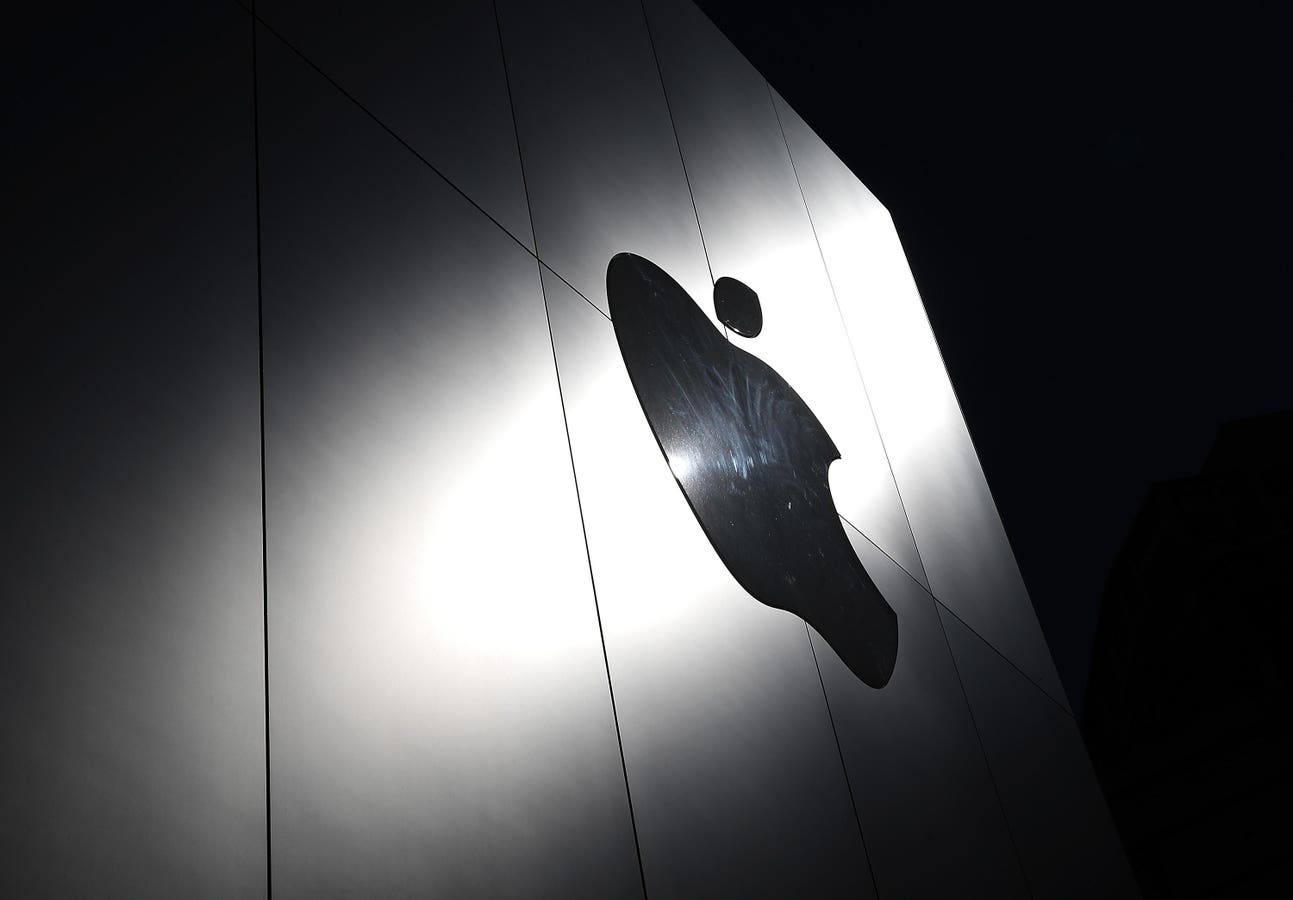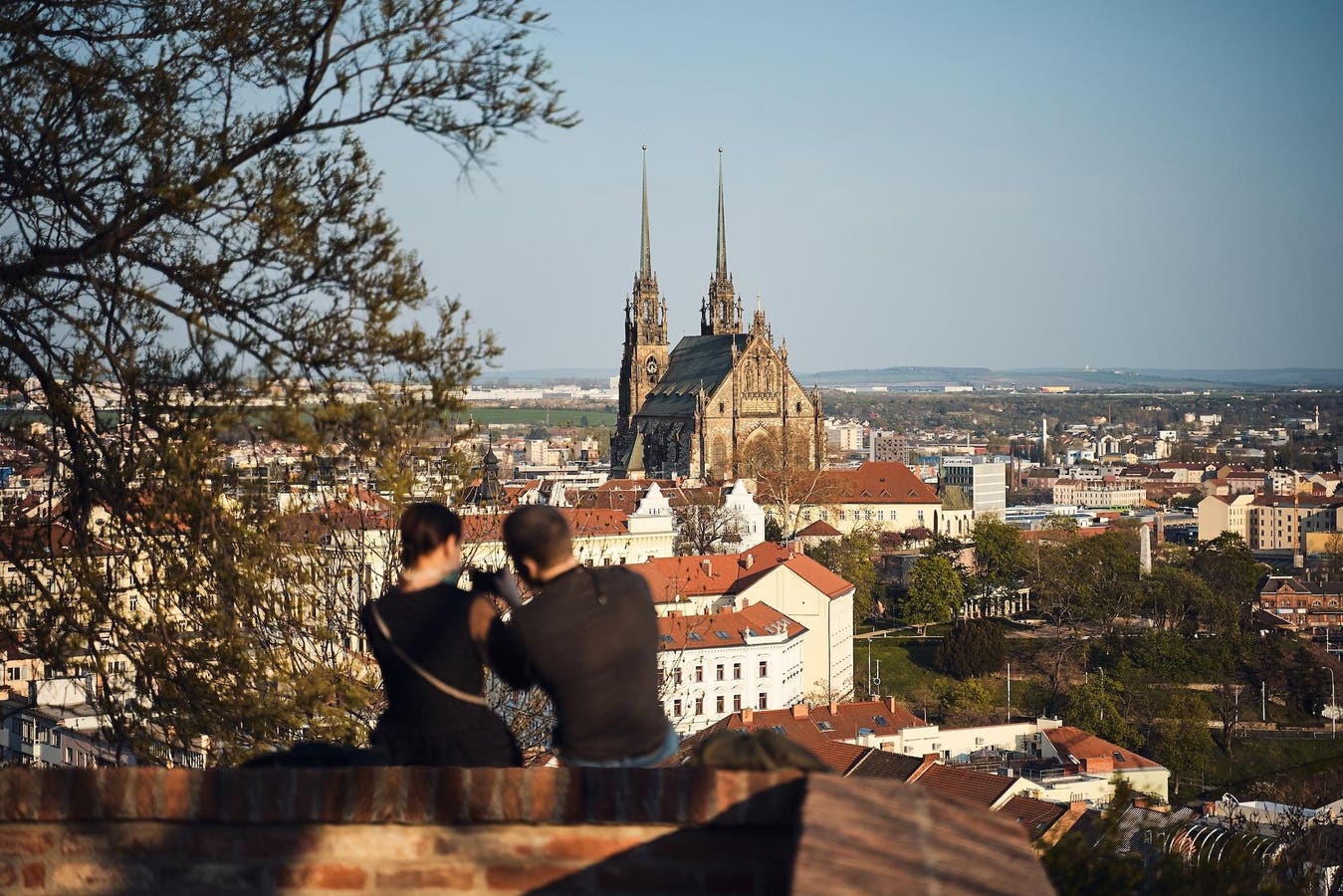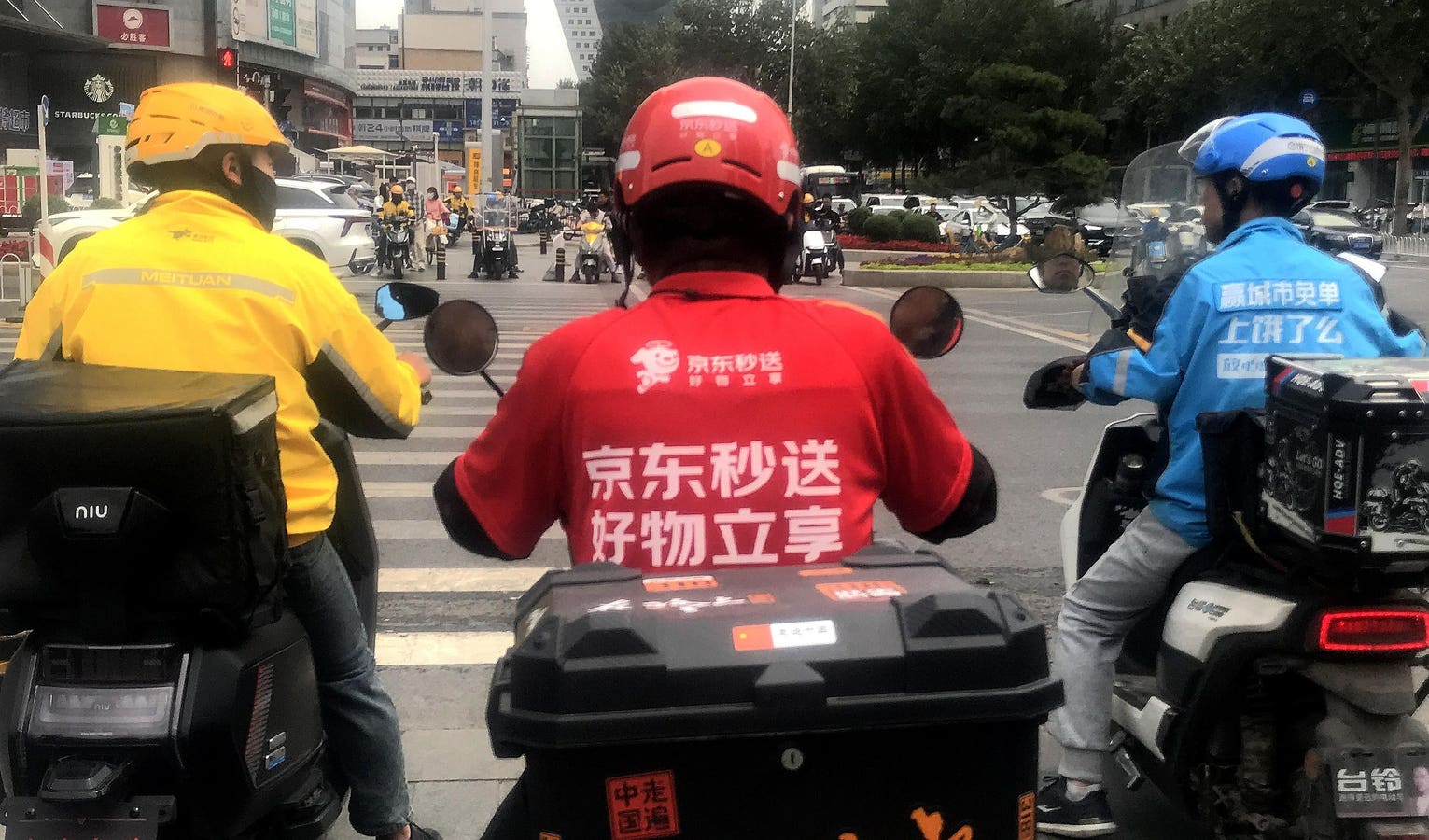Roads made for biking and walking, with cars as occasional guests, now a reality in Utrecht, the Netherlands.
Mattias Goldmann
Space constraints, lack of electricity when needed and strong cities are key factors in the Dutch switch to sustainable mobility – it is not primarily about climate and it does not require huge subsidies. With the Netherlands heading into uncertain national elections, it also reassuring that cities are driving the change.
Banning petrol or diesel powered company cars would be technically difficult and might not go down well with voters, even though the Dutch Supreme Court has ordered the country’s government to reduce greenhouse gas emissions by 25% from 1990 levels, with an on-going blame game about which sectors should step up.
Taxing the fossils to boost the EVs
So the Dutch did something wiser; starting 2027, companies that allow their staff to drive petrol or diesel cars will pay a surplus tax for every car. Maarten van Biezen, policy chief of the Dutch EV Drivers Association, is confident companies will simply say no to those asking for a dirty car. Since company cars are 60 percent of the market, from 2027 the EV share of the market is going to be at least… 60 percent. Currently, many EVs leave the Netherlands once the company usage is over, while there is a peculiar “young timer” tax reduction for petrol and diesel cars older than 15 years; a populist measure from politicians with climate low on their priority list. This should be changed to an “e-timer” tax deduction for 5-8 year old EVs, says Frank Burmeister at the Ministry of Environment, preparing for a new government to be sworn in after the upcoming elections on October the 29th.
Great measures these may be, but they do not add up to the agreement by three consecutive Dutch governments that by 2030 only EVs should be sold. While the EV share is increasing, it lags behind some surprising countries such as Jordan.
Cities take the lead
This is where the cities step in, led by the G4 major cities of Amsterdam, Rotterdam, Utrecht and the Hague (sometimes Eindhoven joins and it becomes G5). Their inner city ban on cars not fulfilling at least Euro 5-emission standards has made such cars next to worthless, improving air quality and strengthening the case for EVs. Everyone realizes that Euro 5 is next, until only zero emission vehicles are allowed, much like the delivery of goods to municipalities which soon has to be done emissions free. For light commercial vehicles (logistics and distribution), zero emission zones are already coming into effect in around 30 cities, and some cities are already planning to enlarge the current zone. This approach was challenged by the national government in what some city representatives call “a full-on policy battle”, but the cities stood their ground, backed by businesses whom had already invested heavily in electric vehicles and would not want the rules to change mid-game. Together, this has led to almost 100% of sales in new vans being electric.
Back to passenger cars. As of today, more than half of the Dutch cars owned by households are still burning fossil fuels, so we turn to the sun and Robin Berg, CEO of the Utrecht based We Drive Solar.
V2G: Parked cars making money
The trick, says Robin, is to make the electric car profitable when it is not used, make good use of solar and wind energy and strengthen the grid, which is under severe stress in the Netherlands. This is done with bi-directional charging or vehicle-to-grid, V2G in short. The car stores electricity in its battery when it is abundant, typically on a sunny day because 38 percent of all Dutch houses have solar panels on their roofs, or a windy day because this is the country of modern wind mills. When electricity in short supply and high demand, the V2G EV simply reverses the charge and sells the electricity back to the grid.
It is a win-win-win, explains Robin. The price of electricity can go up and down by over 15 eurocents in just a few hours, ensuring good margins for those who can buy, store and sell – so much that some car makers predict driving will become free. The grid operators win because they can supply the electricity needed on short notice, without having to establish expensive power production just to cater for peak demand. In fact, if there is a power cut, the whole of Utrecht could be powered a full night by just 10 000 EVs. The climate wins, because the system can now accommodate more wind and solar and phase out fossil natural gas faster.
The plan is for the rest of Netherlands and then the world to learn, copy and improve. DOET, the Dutch Organization for Electric Transport, ensures that best practices are spread and the EV world flocks at the Elaad Testlab in Arnhem, world-leading on evaluating and testing charging solutions. Their recent study shows that almost all EVs are ready for smart charging, recommending authorities to make it mandatory for both vehicles and chargers and to update standards so that they include bi-directional charging. Car manufacturers are taking note and starting to scrap V2G-limits. Renault stands out, as the partner for the world’s biggest bi-directional project, with 500 of their Renault 5 EVs in Utrecht and more models to be introduced soon.
Car sharing for convenience
Car sharing with bidirectional charging, V2G, means that the car is useful even when unused
Mattias Goldmann
The Renaults used are operated by MyWheels, the biggest car sharing scheme in the Netherlands. It used to only make money when the car is used, but now also get a revenue stream from parked, unused cars – as long as the previous user remembered to plug it in, so that it can start buying and selling electricity. Car sharing is growing fast, the key reasons being convenience and economy, says sustainable mobility expert Sanne van Breukelen from Cenex. Insurance costs and parking fees are increasing, and the best spots are reserved for shared cars. Often the change happens at a specific moment; in Sanne’s case when her car broke down, for others when moving, changing jobs or no longer having kids living at home.
While the climate gains of shared mobility are impressive, the key driver for the cities is space – the Netherlands is crowded and one shared car replaces around ten privately owned, says Radboud van der Linden, G4 program manager for zero emission construction and mobility.
Lack of space a driver for biking
The new biking bridge in Utrecht, showing how sustainable mobility is prioritized.
Mattias Goldmann
Lack of room is also a great driver for more cycling, explains Maja van der Voet, responsible for Utrecht’s special strategy and mobility plan. “Utrecht is growing so fast that we need to invest in sustainable transport that needs less space.” Flat and with short distances, it may seem obvious to cycle in the Netherlands, but biking only became popular in the seventies, following mass protests against the then very high fatality rate for bikers. In Utrecht, more than 50 % of all trips are now made by bike, mainly because within the city it is always faster to bike.
Dutch major cities now have dedicated bike strategists, and collaborate closely for the rollout of more and more charge points for EVs. There are 13,500 charge points currently in the four cities, that will roughly double the next 5 years. These charge points can also be used for charging electric construction equipment used for road works or reconstruction. This cleans up the local air quality significantly: diesel construction engines were held to different emission standards than cars.
A bike ride through Utrecht shows us how the inner city is now primarily for people walking and cycling rather than cars. Road speed is limited to 30 km/h, but increasingly cars and bikes do not meet since due to dedicated bike streets, paved in red and with direct super-bikeways between cities. Right next to all major stations, there are huge bike garages; Utrecht with room for 12 500 bikes is the world’s largest. “Supply creates demand”, explains Radboud; further bike garages are now needed and to discourage long-term parking it is only free for the first 24 hour. The intention is to not take the bike on the crowded train – you can, but it is better to take a cheap OV Fiets (bike rental owned by the railway company) which is available right outside all major stations. For the trains, there is never any need to buy a ticket; throughout the country you just swipe your credit card when boarding and again when exiting.
Inside the world’s biggest bike parking, right next to Utrecht central station
Mattias Goldmann
Bus procurement: 100% zero emission
All new buses in Rotterdam and the whole of the Netherlands are zero-emission after a decision by the major Dutch cities.
Mattias Goldmann
If you need to go by bus, it is likely emission-free; back in 2016 all levels of government agreed that all new buses should be zero emission from 2025, and all buses from 2030. The agreement gave the certainty the market needed, but the next attempt is harder: to reach 100% circular mobility (including all materials in the batteries, the maintenance etc ) – the decision was taken in June 2025 and a working group is now finalizing the deliverables.
The lack of land has always meant that the Dutch turn to the sea, which is also their original transport mode. Here too, a rapid change to electrification is taking place, with the large fleets of municipal vessels going electric whether from the outset or by converting existing fleet. Cruise ships that call on Amsterdam need to use electricity when moored, with immense power demands. Even though popular with cruise lines, much of the time no ship is connected and then the power is used for charging trucks, speeding up this transition as well.
Dutch sustainability: What stands out?
Three common traits are obvious when studying the Dutch transition.
First: It is from the ground up, based on the actions of cities rather than the central government – especially positive when the national emphasis is not on climate.
Second: Subsidies are not key. Whilst there is still some government money to be had for those who get an electric truck or chargers for heavy machinery, most of the change is driven by regulations or prolonged public procurement that create demand and healthy market conditions for zero-emission solutions.
Third: Climate is not emphasized. While the climate benefits are obvious, key factors are improvements to local air quality and health, economic gains, electricity availability and better usage of limited space.
Together, these factors make the Dutch EV transition very relevant for our times, when other topics may grab more attention than climate, when official funding may be increasingly hard to come by, and when the will to move forward may at times be the most pronounced at the local level. It is now time for what several of the Dutch actors said, “Niet lullen maar poetsen”. Don’t talk, just do it.
Mattias Goldmann

